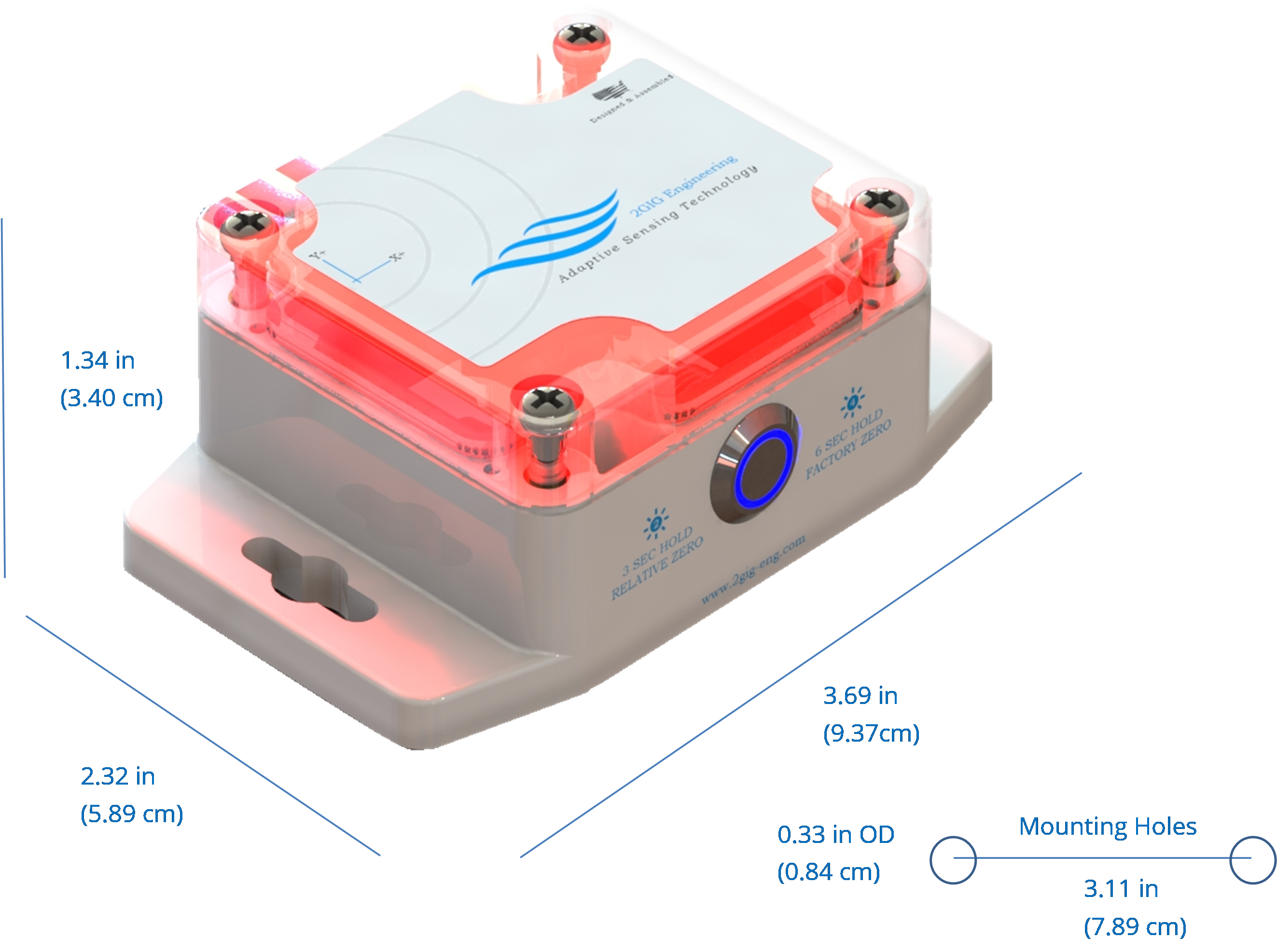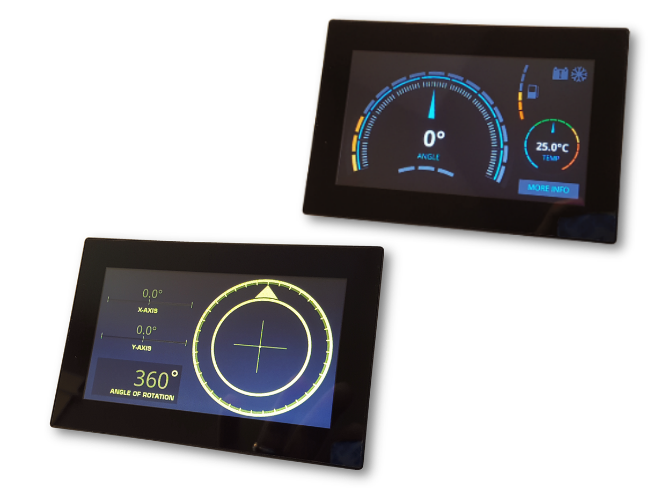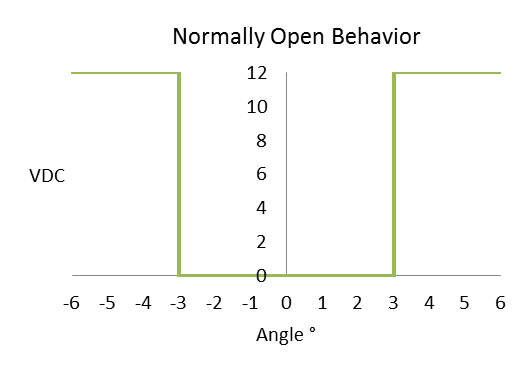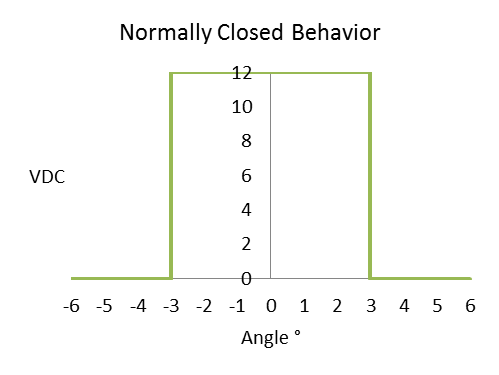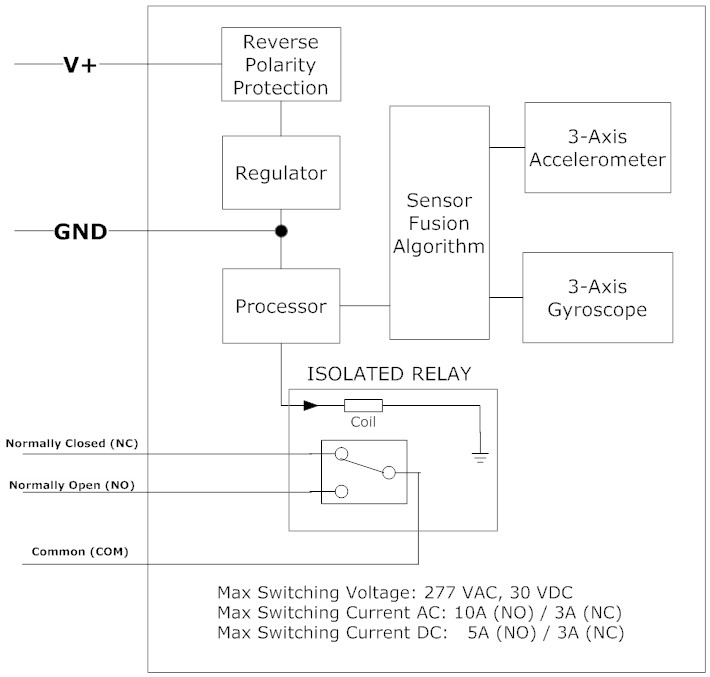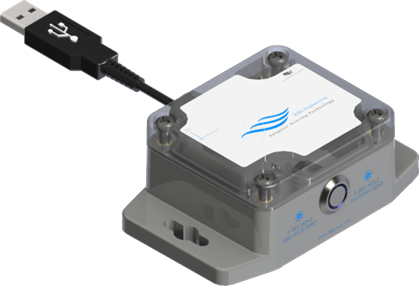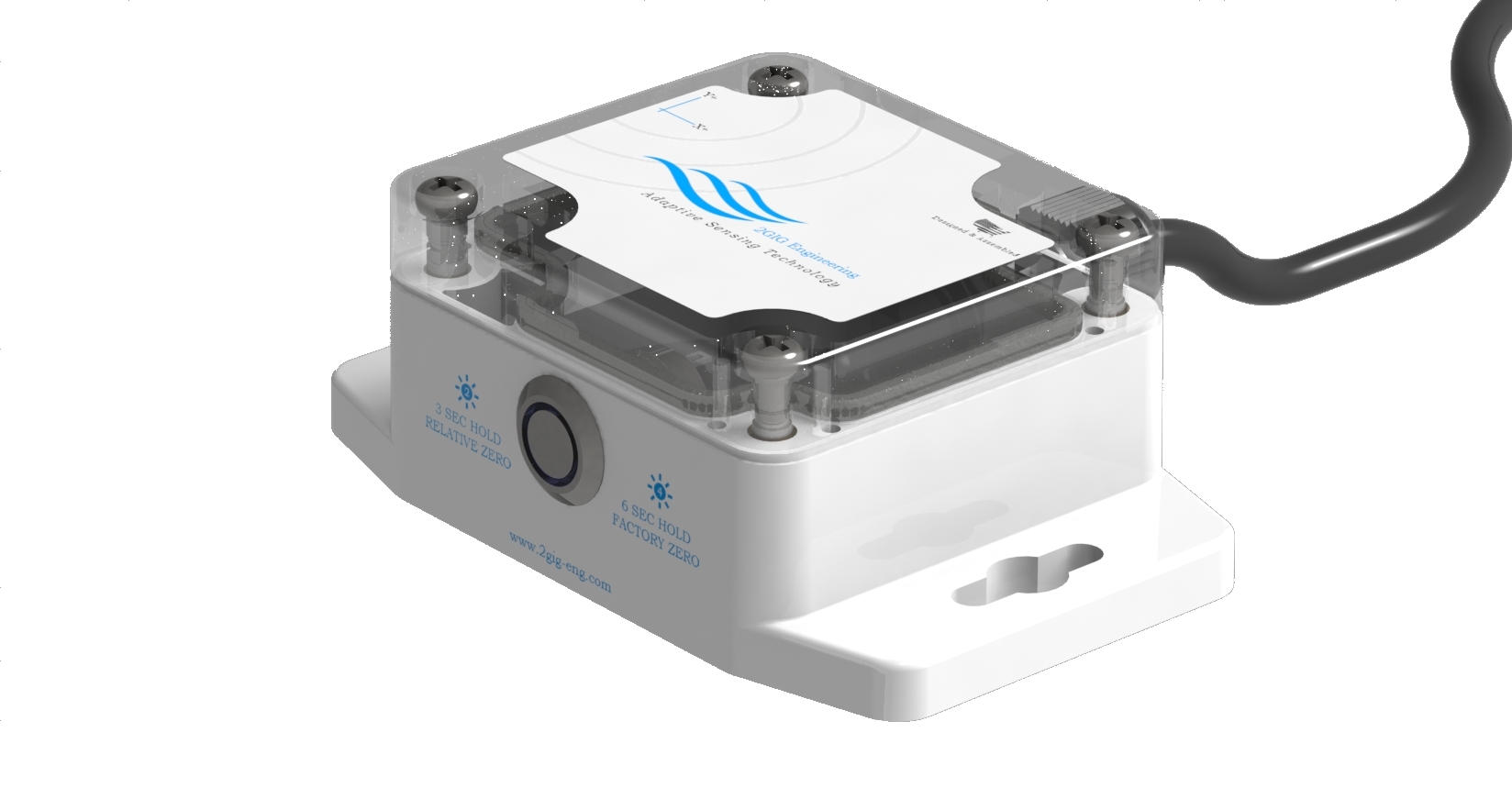MEMS Inclinometer
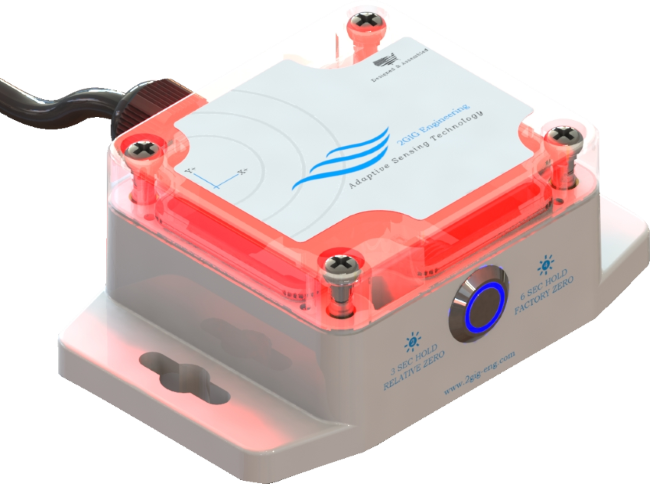
An Inclinometer Measures Changes in Angle
An inclinometer, or tilt sensor, is an instrument used for measuring slope, tilt, or inclination by using gravity. An inclinometer creates an artificial plane defined at zero degrees, and measures the change in angle with respect to this plane. These devices go by many names, including: tilt sensor, level sensor, bubble level, angle indicator, clinometer, protractor, slope meter, tilt meter, tilt/slope alarm, pitch/roll indicator, or level gauge. All refer to the same device!
2GIG Engineering manufactures inclinometers using MEMS technology. This technology can replace any existing mechanical inclinometer technology, including electrolytic or silicon liquid, bubbles, hall effect sensors, mercury, and pendulums. Not only does MEMS technology eliminate moving parts or potentially hazardous liquids, it also grants the end-user nearly infinite operation. The advanced technology of the 2GIG MEMS Inclinometer takes all of the difficulty out of automated leveling solutions.

